Fiat money
Table of Contents
Fiat money
Fiat money has replaced cash as the primary form of payment for most people today. The only reason fiat money has value is because the government has declared it an acceptable form of payment. In contrast to commodity money, which derives its own intrinsic worth from the material it is composed of (such as gold or silver), fiat money isn’t backed by any tangible commodity. It lowers production costs and increases government control over the economy, among other benefits. Drawbacks include inflation and the necessity for a stable and effective government.
What is fiat money?
Fiat money is money that has no inherent value; instead, it is valued by decree from the government. It is recognised as the legal currency used for transactions within a particular jurisdiction.
The economy’s resilience and the public’s faith in the issuing authority maintain the worth of fiat money. Governments may control monetary policy with more flexibility while using fiat money.
However, because of its volatility and dependence on variables like inflation, public confidence, and economic stability, regulating it is essential to maintaining a nation’s financial stability.
Understanding fiat money
Before flexible currencies, most currencies were backed by physical assets. The money may be sold for a certain amount of gold or silver. This transaction might happen. After switching to fiat money, governments significantly influenced their monetary systems and economic responses.
Introduced as a substitute for representative and commodity money, the value of fiat money is determined by supply and demand. As opposed to representative money, which is a claim on a redeemable product, commodity money is made of precious metals like gold and silver.
Fiat currencies include the US dollar (US$), the euro, and the majority of other world currencies. The most common fiat currency substitute is commodity money, secured by a physical item. People might change one currency into another, such as the US$, formerly backed by a fixed quantity of gold.
History of fiat money
Gold and silver were used to back money when it was initially formed, making it more valuable and secure and raising its worth. However, paper money increased throughout the 1900s as national monetary systems improved.
Nixon terminated the gold standard via presidential order in 1971. Gold couldn’t be swapped for dollars after this shift. The US Federal Reserve was the only body supporting the US dollar. It was a significant advance toward pure money.
The Latin origin of the phrase “fiat” is “let it be done.” Although fiat money has been around for a while, it became more common in the modern age after countries abandoned the gold standard, which guaranteed currency values with physical gold reserves. Governments now have greater freedom in controlling their monetary and economic policies due to the switch to fiat money.
Since then, several significant currencies have moved to cash transactions, which allows the government to control monetary policy and respond quickly to economic changes. Fiat money has expanded government power, but managing the economy and inflation is harder.
Advantages and disadvantages of fiat money
Advantages:
- Central banks have more control over the economy with fiat money
Central banks utilise monetary techniques to adjust the money supply and maintain economic stability. They can limit prices and boost the economy.
- Fiat money is cheaper to produce than commodity-backed currency
Fiat money may be more affordable than commodity-backed currencies, which need precious metal stockpiles. Making fiat money is more inexpensive, lowering currency generation and administration expenses.
- Governments have flexibility with fiat money
They can respond faster to economic issues and change policies to address financial crises, recessions, and unemployment. This hobby is allowed in paper-money countries.
Disadvantages
- Fiat money isn’t foolproof for economic protection
Even though the government has greater control over monetary policy with fiat money, economic downturns, currency crises, and unstable financial circumstances may affect it. This is true even if the government controls paper money policy more. Governments must carefully manage their monetary systems to avoid inflation and currency depreciation.
- There’s a risk of creating economic bubbles with fiat money
Central banks may modify the money supply in addition to interest rates. This power may cause economic bubbles. Examples include asset market bubbles and fast credit growth. Both types of bubbles may cause recessions and other financial problems.
- It can lead to inflation
Cash is risky since its value is projected to drop. Governments creating too much money causes this problem. Money loses value, raising goods and service prices. Because of inflation, money loses value, which may hurt buyers, savers, and spenders.
Example of fiat money
Digital currencies on paper include the US dollar, euro, British pound, Japanese yen, and many more. Consumers and companies trust the governments and central banks that issue these currencies, which may explain their high value.
Many people know Zimbabwe’s hyperinflation in the early 2000s as a risk of paper money. Given Zimbabwe’s fragile economy, the government printed money at a troubling rate. This move caused the national currency to plummet quickly.
The steep decrease in the Zimbabwean dollar raised expenditures, where prices rose sharply. The economic turmoil caused many individuals to face new obstacles.
This example highlights the importance of being careful with one’s financial resources and the risks of creating too much money or enacting price-raising legislation. Fiat money must be handled carefully to prevent hyperinflation and other problems.
Frequently Asked Questions
Fiat money created by the government has no value beyond what individuals estimate. Since it has no assets, its functioning depends on the stability of the economy and the government.
Governments use fiat money to pay taxes. People are more interested in purchasing money, and the idea that the government will ensure its stability boosts its value.
Modern economics favour fiat money for its autonomy and control. Compared to currencies backed by commodities, Fiat money enables governments and central banks to modify monetary policy in response to changing economic conditions. This adaptability makes implementing policies like quantitative easing and interest rate modifications easier to manage inflation, boost GDP, and stabilise economies.
Gold-backed money and Bitcoin are alternatives to government-issued money. However, these alternative solutions are less common or authorised in business.
If enough counterfeit money is printed, hyperinflation may occur. Growth should be fostered despite low inflation. People feel hyperinflation more when there is political or business upheaval than when generating money. People seldom generate hyperinflation by earning money.
Related Terms
- Strong order book
- Trailing Stops
- Exchange Control
- Relevant Cost
- Dow Theory
- Hyperdeflation
- Hope Credit
- Futures contracts
- Human capital
- Subrogation
- Qualifying Annuity
- Strategic Alliance
- Probate Court
- Procurement
- Holding company
- Strong order book
- Trailing Stops
- Exchange Control
- Relevant Cost
- Dow Theory
- Hyperdeflation
- Hope Credit
- Futures contracts
- Human capital
- Subrogation
- Qualifying Annuity
- Strategic Alliance
- Probate Court
- Procurement
- Holding company
- Harmonic mean
- Income protection insurance
- Recession
- Savings Ratios
- Pump and dump
- Total Debt Servicing Ratio
- Debt to Asset Ratio
- Liquid Assets to Net Worth Ratio
- Liquidity Ratio
- Personal financial ratios
- T-bills
- Payroll deduction plan
- Operating expenses
- Demand elasticity
- Deferred compensation
- Conflict theory
- Acid-test ratio
- Withholding Tax
- Benchmark index
- Double Taxation Relief
- Debtor Risk
- Securitization
- Yield on Distribution
- Currency Swap
- Overcollateralization
- Efficient Frontier
- Listing Rules
- Green Shoe Options
- Accrued Interest
- Market Order
- Accrued Expenses
- Target Leverage Ratio
- Acceptance Credit
- Balloon Interest
- Abridged Prospectus
- Data Tagging
- Perpetuity
- Hybrid annuity
- Investor fallout
- Intermediated market
- Information-less trades
- Back Months
- Adjusted Futures Price
- Expected maturity date
- Excess spread
- Quantitative tightening
- Accreted Value
- Equity Clawback
- Soft Dollar Broker
- Stagnation
- Replenishment
- Decoupling
- Holding period
- Regression analysis
- Wealth manager
- Financial plan
- Adequacy of coverage
- Actual market
- Credit risk
- Insurance
- Financial independence
- Annual report
- Financial management
- Ageing schedule
- Global indices
- Folio number
- Accrual basis
- Liquidity risk
- Quick Ratio
- Unearned Income
- Sustainability
- Value at Risk
- Vertical Financial Analysis
- Residual maturity
- Operating Margin
- Trust deed
- Profit and Loss Statement
- Junior Market
- Affinity fraud
- Base currency
- Working capital
- Individual Savings Account
- Redemption yield
- Net profit margin
- Fringe benefits
- Fiscal policy
- Escrow
- Externality
- Multi-level marketing
- Joint tenancy
- Liquidity coverage ratio
- Hurdle rate
- Kiddie tax
- Giffen Goods
- Keynesian economics
- EBITA
- Risk Tolerance
- Disbursement
- Bayes’ Theorem
- Amalgamation
- Adverse selection
- Contribution Margin
- Accounting Equation
- Value chain
- Gross Income
- Net present value
- Liability
- Leverage ratio
- Inventory turnover
- Gross margin
- Collateral
- Being Bearish
- Being Bullish
- Commodity
- Exchange rate
- Basis point
- Inception date
- Riskometer
- Trigger Option
- Zeta model
- Racketeering
- Market Indexes
- Short Selling
- Quartile rank
- Defeasance
- Cut-off-time
- Business-to-Consumer
- Bankruptcy
- Acquisition
- Turnover Ratio
- Indexation
- Fiduciary responsibility
- Benchmark
- Pegging
- Illiquidity
- Backwardation
- Backup Withholding
- Buyout
- Beneficial owner
- Contingent deferred sales charge
- Exchange privilege
- Asset allocation
- Maturity distribution
- Letter of Intent
- Emerging Markets
- Consensus Estimate
- Cash Settlement
- Cash Flow
- Capital Lease Obligations
- Book-to-Bill-Ratio
- Capital Gains or Losses
- Balance Sheet
- Capital Lease
Most Popular Terms
Other Terms
- Market maker
- Direct market access
- Deficit interest
- Economic calendar
- EPS forecast
- Options expiry
- Adjusted distributed income
- International securities exchanges
- Settlement currency
- Federal funds rate
- Active Tranche
- Convertible Securities
- Synthetic ETF
- Physical ETF
- Initial Public Offering
- Buyback
- Secondary Sharing
- Bookrunner
- Notional amount
- Negative convexity
- Jumbo pools
- Inverse floater
- Forward Swap
- Underwriting risk
- Reinvestment risk
- Final Maturity Date
- Payment Date
- Secondary Market
- Margin Requirement
- Mark-to-market
- Pledged Asset
- Yield Pickup
- Subordinated Debt
- Treasury Stock Method
- Stochastic Oscillator
- Bullet Bonds
- Basket Trade
- Contrarian Strategy
- Notional Value
- Speculation
- Stub
- Trading Volume
- Going Long
- Pink sheet stocks
- Rand cost averaging
- Sustainable investment
- Stop-limit sell order
- Economic Bubble
- Ask Price
- Constant prepayment rate
Know More about
Tools/Educational Resources
Markets Offered by POEMS
Read the Latest Market Journal

One Dollar at a Time: The Potential of Fractional Shares
Table of contents 1. Introduction 2. Dollar-Cost Averaging 3. Popularity of Dollar-Cost Averaging 4. Small...
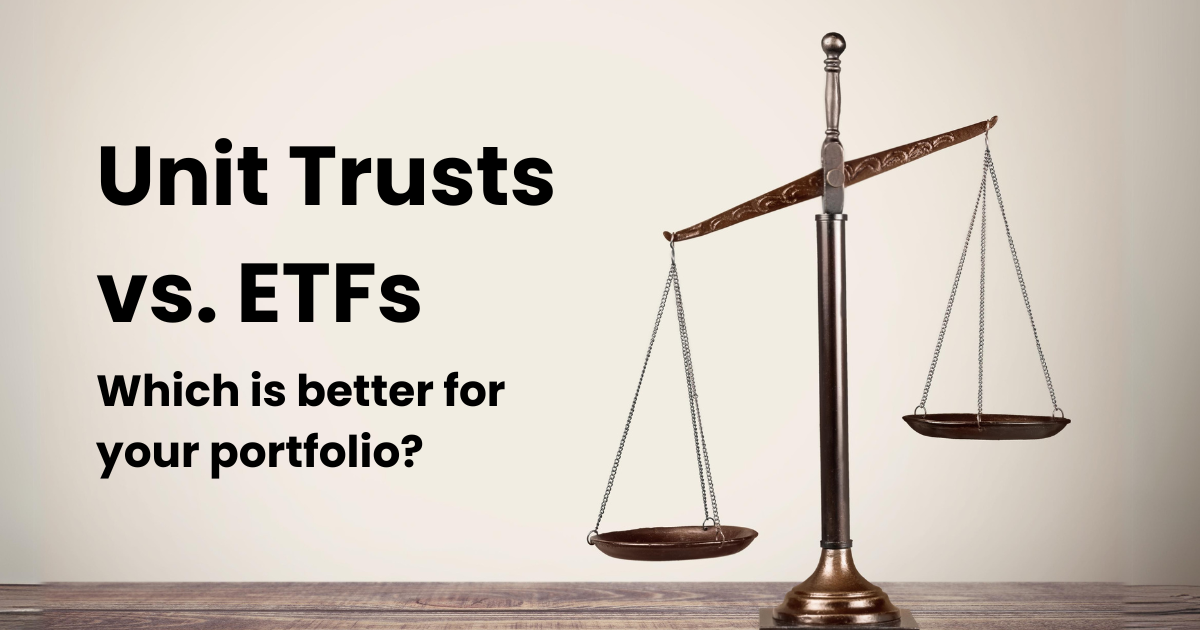
Unit Trusts vs Exchange Traded Funds (ETFs) – Which is better for your portfolio?
Imagine you are dining at a nice restaurant, feeling overwhelmed by the variety of seemingly...
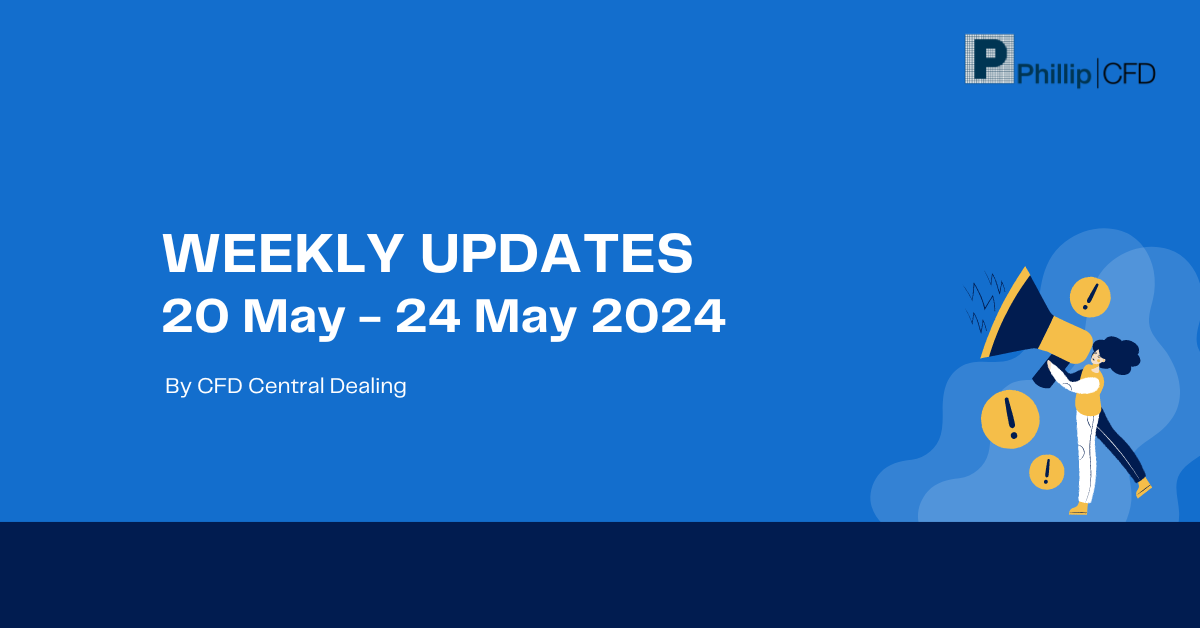
Weekly Updates 20/5/24 – 24/5/24
This weekly update is designed to help you stay informed and relate economic and company...
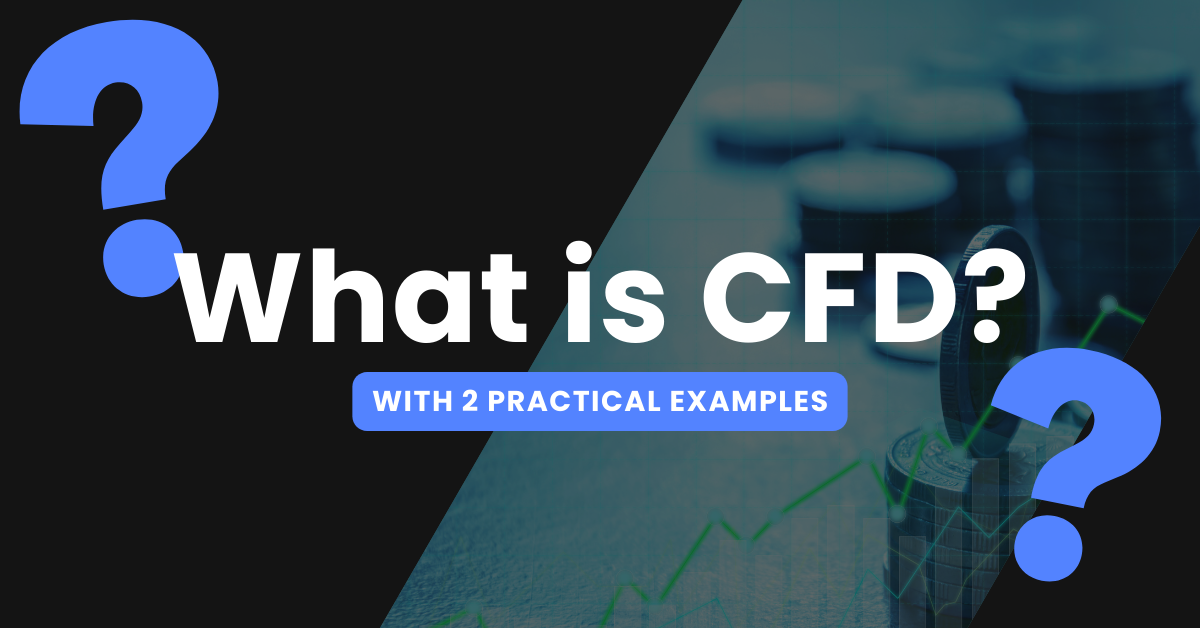
What is CFD? With 2 Practical Examples
In this article, you will learn what CFD (Contract for Difference) is, the costs and...
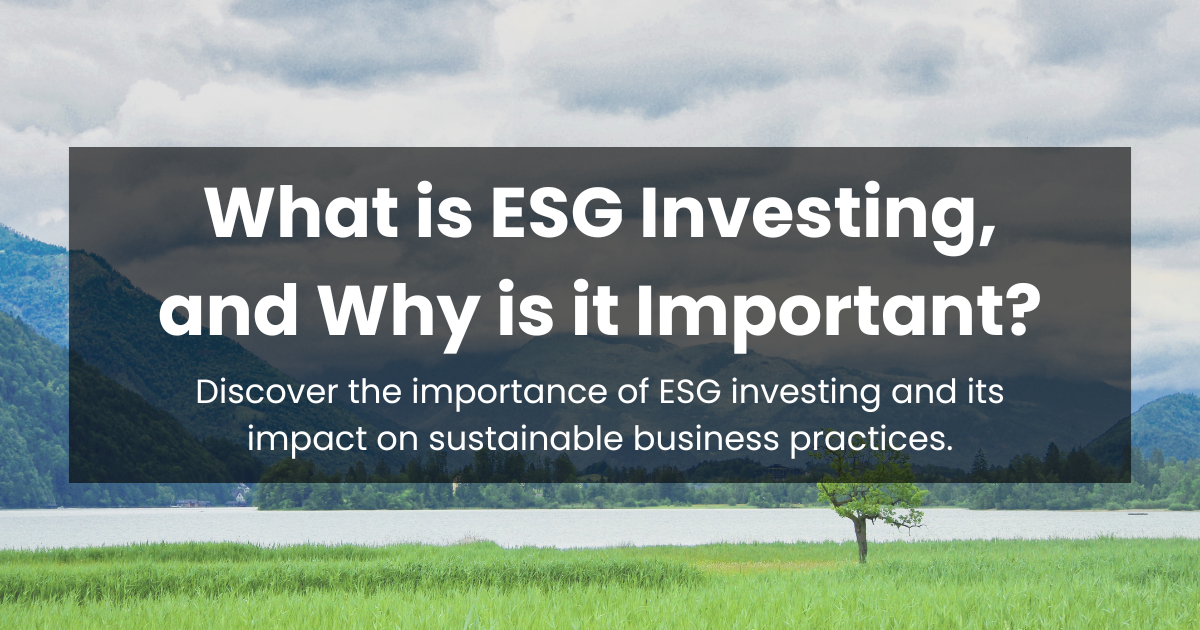
What is ESG investing, and why is it important?
Over the last five years, Environmental, Social, and Governance (ESG) investing has evolved from being...
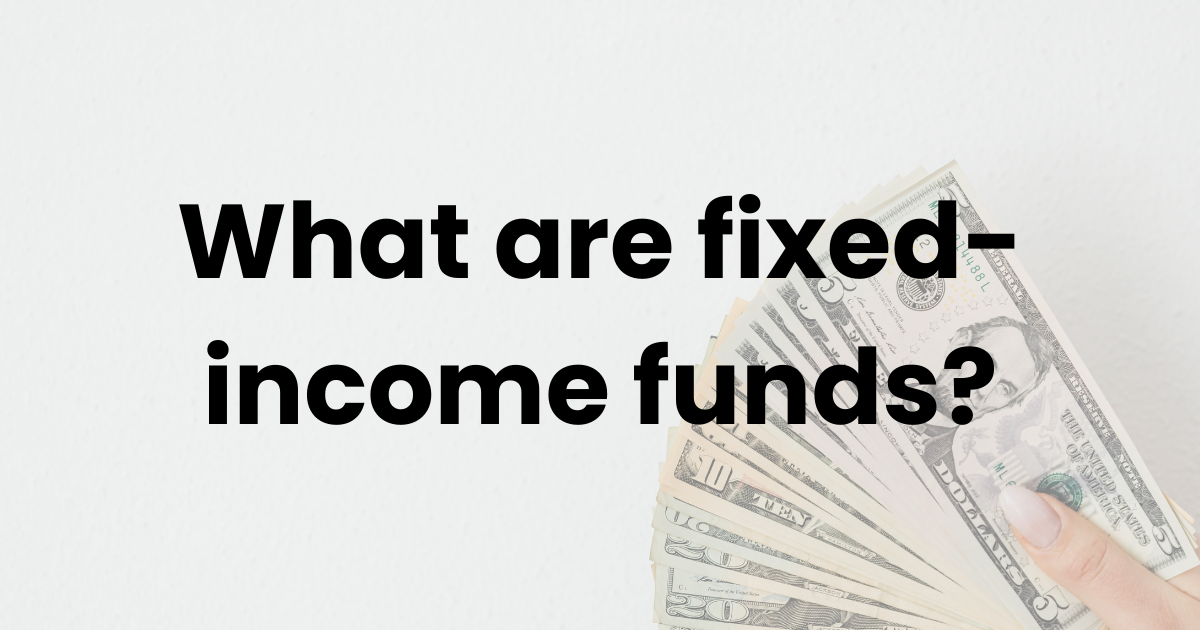
In the diverse world of unit trusts, various funds employ distinct investment strategies aligned with...

Hong Kong Value Stocks Q2 2024
After a long period of sluggishness, Hong Kong market has begun to pick up. The...

Weekly Updates 13/5/24 – 17/5/24
This weekly update is designed to help you stay informed and relate economic and company...












